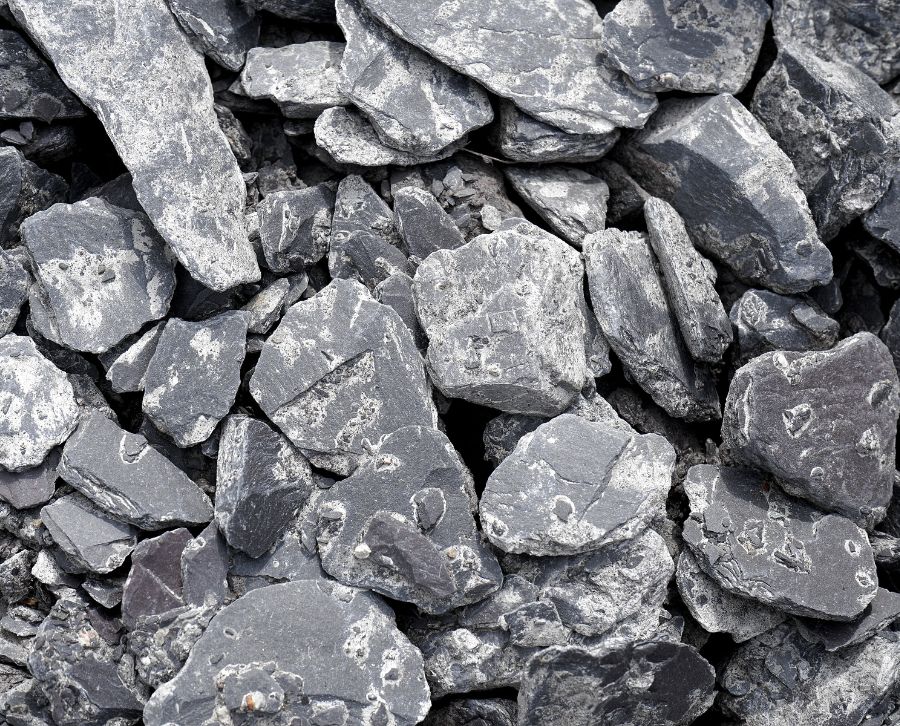Do you want to know what kind of materials exist and which ones they are? In the field of industrial design and comprehensive development, it is essential to understand how different materials react to certain situations and applications in order to choose those that are best suited to specific designs.
At Atienza y Climent, as experts in the comprehensive manufacture of products, we have prepared this article where we explore all the physical and chemical properties that make up the materials and all the types that exist.
What are the physical properties of materials?
The main physical properties of materials are as follows:
- Density: this characteristic refers to the mass of the material per unit volume and determines the weight of the material.
- Thermal conductivity: in this case, the ability of a material to transmit heat conduction is determined.
- Electrical conductivity: as in the previous point, this is measured in relation to the electricity that a material is able to hold.
- Mechanical strength: indicates the resistance of a material to withstand a specific load or force without breaking or changing shape.
- Hardness: measures the ability of a material to resist some kind of continuous deformation.
- Elasticity: refers to the mobility of a material after it has been subjected to some kind of load and then returns to its original shape without change.
- Fragility: this measures the ability of a material to resist rupture after a specific weight load is applied.
- Toughness: this feature combines the ability of a material to withstand a heavy load and deform without breaking or fracturing.
Chemical characteristics of materials
The chemical features that make up the materials are as follows:
- Chemical reactivity: this depends on the physical characteristics of a material to react with other chemical substances and how it varies with them.
- Chemical stability: this feature refers to the resistance of a material to maintain its chemical attributes without any alteration over a long period of time.
- Solubility: this refers to the ability of a material to dissolve completely after being introduced into a liquid or any other substance.
- Flammability: measures the ability and time it takes for a material to burn on direct exposure to an ignition source.
Why is it important to know the characteristics of materials?
A close understanding of the physical and chemical attributes of a material is essential in order to select those that best suit the specific industrial design needs in each case. Choosing the right material can lead designers and developers to produce a product that has high efficiency, safety and a long service life. In addition, understanding the chemical properties that make up materials can help experts build objects that are safe to be used and eliminate any concerns.
Types of materials
There are a wide variety of materials with different characteristics that make them unique and can be used in different industries and products. The most common materials include the following:
- Metals: Metals are materials that stand out for their high strength and conductivity of heat and electricity. This material is very common in the construction of large infrastructures such as bridges, heavy machinery and even buildings.
- Polymers: these materials are derived from organic compounds and are known for their light weight, versatility and excellent electrical insulation. They have a wide range of applications in different industries and are mainly used in the manufacture of common plastics and even for the manufacture of elements used in the aerospace industry.
- Ceramics: products created with ceramic materials are noted for their strength, hardness and resistance to high temperatures. Their most common uses are in the manufacture of products such as bricks, tiles and advanced components designed to withstand constant temperature changes.
- Composites: These materials are composed of different materials to create a combination that is capable of withstanding high weight loads while remaining lightweight. They are typically used in the manufacture of sports equipment and in automotive and aerospace components.
In conclusion, an in-depth understanding of the composition and characteristics of the properties of materials is essential to develop quality products that meet the technical and safety requirements required in each case.
At Atienza y Climent, we are specialists in industrial solutions and we have more than 30 years of experience offering all kinds of industrial design and integral development services. So, if you have an idea in mind, do not hesitate to contact us and we will make it happen, we are waiting for you!






 by
by